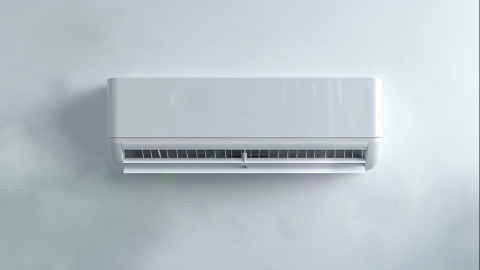Can you use an air conditioner if you have heatstroke?
Generally speaking, if it's mild heatstroke, using air conditioning appropriately is acceptable; however, if it's severe heatstroke, using air conditioning should be avoided. If discomfort occurs, it is recommended to closely monitor your physical condition and seek medical treatment at a regular hospital when necessary. Detailed explanation is as follows:

Mild heatstroke mainly presents symptoms such as dizziness, thirst, and excessive sweating. At this stage, although the body feels uncomfortable, core body temperature has not significantly deviated from normal, and the thermoregulatory function has not been completely impaired. Setting the air conditioner to an appropriate temperature range of 26–28°C can rapidly reduce the ambient temperature, promote body heat dissipation, and relieve discomfort caused by high temperatures. However, care should be taken to avoid directing the air conditioner's airflow straight onto the body. Adjusting the air direction to allow cold air to circulate indoors is preferable. Additionally, air conditioning should not be used for prolonged periods, and windows should be opened periodically for ventilation.
Patients with severe heatstroke often exhibit serious symptoms such as high fever and confusion, and their bodies are in an extremely weakened state, with significantly impaired thermoregulation. Although cooling is necessary in such cases, the air conditioner temperature should not be set too low, and the patient must not be exposed directly to cold airflow. Direct exposure could stimulate vasoconstriction, impair circulation and heat dissipation, and may also trigger stress reactions like shivering, further burdening the body.
When using air conditioning, indoor air circulation should be maintained by opening windows periodically to prevent indoor air pollution. If symptoms of cold exposure, such as sneezing or joint pain occur in individuals with mild heatstroke while using the air conditioner, the air conditioner should be turned off promptly and additional clothing worn.








